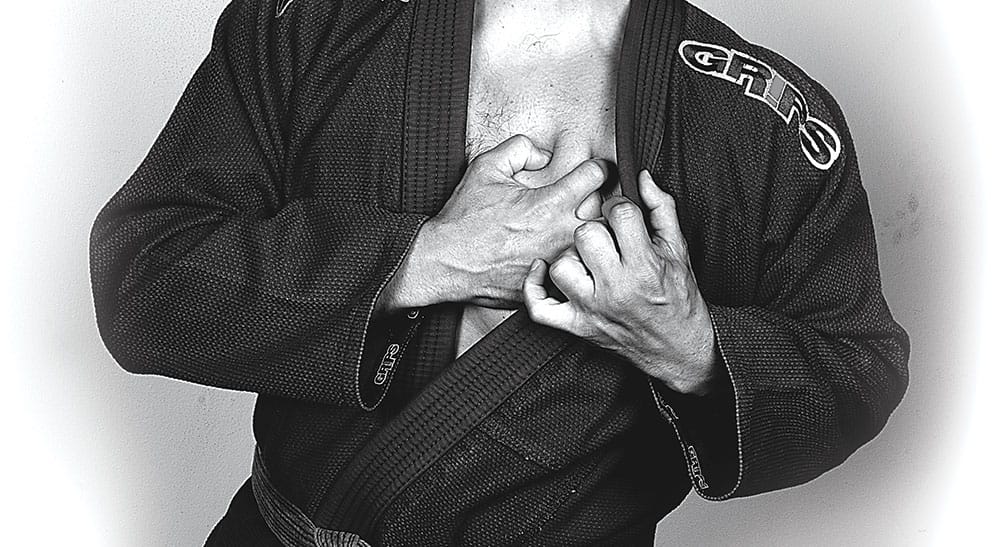Strong of Heart

The CDC tells us that heart disease, aka cardiovascular disease (CVD), is the leading cause of death for men (24.9%) and women (23.5%) in the US. Heart disease is a catch-all term that encompasses several cardiovascular diseases, including stroke, high blood pressure, angina (chest pain), heart attacks, and rheumatic heart disease. This is why a site like https://www.moneyexpert.com/life-insurance/ would be useful to look into, especially if you are at a high risk of developing any of the illnesses mentioned above. If you’re under the age of 30, you probably think that these conditions only affect the white hairs. Not so fast, whipper snapper. Here are some sobering stats: at the age of 35 you have a 1 in 4 chance of having high blood pressure. At 45 your chances of having a heart attack are nearly 1 in 5. By the time you retire, the average person needs a multi-compartment pill organizer to keep their medications in order. Simply put, heart disease affects us all, either directly or indirectly through our friends and family.

The Risk Factors?
Over 90% of the risk factors for CVD can be positively affected by lifestyle changes and/or the intervention of a physician. Four of the top seven risk factors are under your direct control: smoking, obesity, physical inactivity and diet.
• Tobacco use promotes thickening of artery walls and increases your body’s production of clotting factors. These changes are often unnoticed until it’s too late and the patient has a heart attack or stroke.
• Obesity has been shown to increase your risk of numerous diseases, not just heart disease. In the case of heart disease the increased risk is attributed to high levels of LDL (bad) cholesterol and triglycerides.
• Physical inactivity is closely related to obesity and conditions, such as high blood pressure, diabetes and high cholesterol.
• Diet is the final controllable risk factor to consider. There is a lot of discussion on what is the ideal diet. Is it Paleo? Atkins? Zone? Mediterranean? Weight Watchers? Or something else? If we keep it simple and look at common themes between most diets you see that they agree on the following: eat unprocessed food, minimize grains and eliminate refined sugar.
The BJJ Connection
To illustrate how grappling can make you healthier, we’re going to look at few examples from our very own magazine. In each issue we highlight a grappler in our JJM Success series. These men and women tell us how jiu-jitsu has positively affected their lives.

Douglas Fulwilder, a 39-year-old police officer, shares his story: “In the Summer of 2012…my weight had reached 230 pounds and my doctor gave me 3 years before he believed I would be dead from a heart attack.” Fast forward to September 2014 and Douglas has lost nearly 60 pounds, competes regularly and knows that he’s going to be there for his kids for a long time to come.

Louis Dulien, 36, “(since) I’ve started training at AOJ, I’ve been in the best shape both mentally and physically, than any other time in my life. I just turned 36 and I’m in WAY better shape than when I was 18.”

Mike Terpstra, 38, says, “I can do a lot more with my family now that I’m healthier. My diet has changed dramatically. I would eat fast food at least 3 times a day. Now I take food with me and see it as fuel for my body, rather than an indulgence.” The result? Last time we checked in, Mike had lost 97 pounds!

Dan Hirsch, 31, “I was a smoker, I partied hard (really hard), and I could barely get up from the mat without assistance. (In) jiu-jitsu you are around health conscious people so there’s plenty of healthy living information at your disposal.” Through the influence of jiu-jitsu, Dan lost 247 pounds!
Silent, But Deadly
Next time you look at the roster of the Masters division in a tournament take a moment to realize that chances are very good that at least one person in each bracket has high blood pressure, aka hypertension. Hypertension may go undiagnosed and/or untreated because generally speaking there are no overt symptoms. This leads many patients to underestimate its role in heart health and consequently ignore treatment recommendations. Hypertension is the common denominator which affects all other forms of heart disease and if uncontrolled your chances of more serious conditions such as strokes and heart attacks increases substantially. Hypertension is also a condition that responds strongly and positively to lifestyle changes such as regular exercise, losing weight and smoking cessation.

An individual’s blood pressure is defined by two measurements:
• Systolic pressure is the pressure in the arteries produced when your heart contracts and pushes blood out. This is the number on top of your reading and is a higher number.
• Diastolic pressure is the pressure in the arteries during relaxation of the heart. This is the number on bottom of your reading and is the lower number. If you’re only going to look at one number this is the most important one to watch.
• Goal blood pressure is a systolic pressure of less than 120 and a diastolic pressure of less than 80. On a blood pressure machine the reading will look like this: 120/80.
• Hypertension is defined as a blood pressure reading of at least 140/90. Patients with a reading between goal and hypertension are diagnosed with prehypertension.

What Else Can/Should I Do?
I’d recommend that everyone get regular checkups and physicals from their physicians. If you’re prescribed a medication, you need to take it. With a little time on the mat and focusing on a healthy lifestyle, you may even be able to stop taking medications down the road.

“Doesn’t a Glass of Wine a Day Improves Heart Health?”
Before reading too much further, I want to be very clear. We are not encouraging anyone to start drinking alcohol. The discussion is also specifically about a glass, maybe two a day. Beyond that and you’re actually increasing your risk of heart disease. There are two components of red wine that may decrease your risk of heart disease: resveratrol (it’s in the skin of the grape) and alcohol. The possible benefit of resveratrol can be had by ingesting any of the following: grapes, grape juice (red and purple), blueberries, cranberries, peanuts and supplements. Alcohol can be ingested in any number of ways. As you can see you don’t have to drink red wine, but if you do the rule of thumb is no more than one serving daily.
Resveratrol
Resveratrol is a natural plant product found in peanuts and the skins of many berries. To the delight of red wine drinkers everywhere, there is a healthy concentration of it in the skin of red grapes. The resveratrol in red wine has been hypothesized to be one of the reasons that the French population has lower than average rates of heart disease, despite a high-incidence of smoking and poor diet. It is an antioxidant with the potential to neutralize free radicals, a possible contributor to aging and many chronic diseases. Studies in animals have suggested possible benefits, including decreased incidence of strokes, heart attacks and the prevention of some types of cancer and Alzheimer’s disease.


Wrapping It Up
The connection jiu-jitsu has with physical activity and obesity is straightforward. It is a physical sport and burns an enormous amount of calories. What about tobacco use, diet or partying too much? The answer’s easy. In jiu-jitsu we test ourselves physically and mentally every time we step on the mat. The effects of a bad diet, excessive drinking or smoking can be ignored while you sit at your job, but a few minutes on the mat and you’ll know exactly what the consequences of those vices are. The happy side effect is that the same activities used to improve performance on the mat also promote a long and healthy life.
